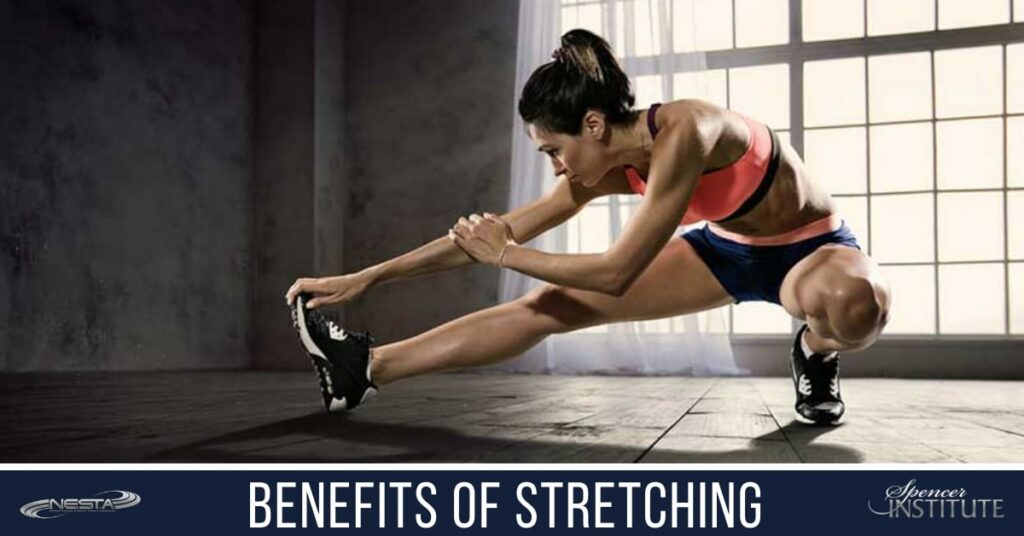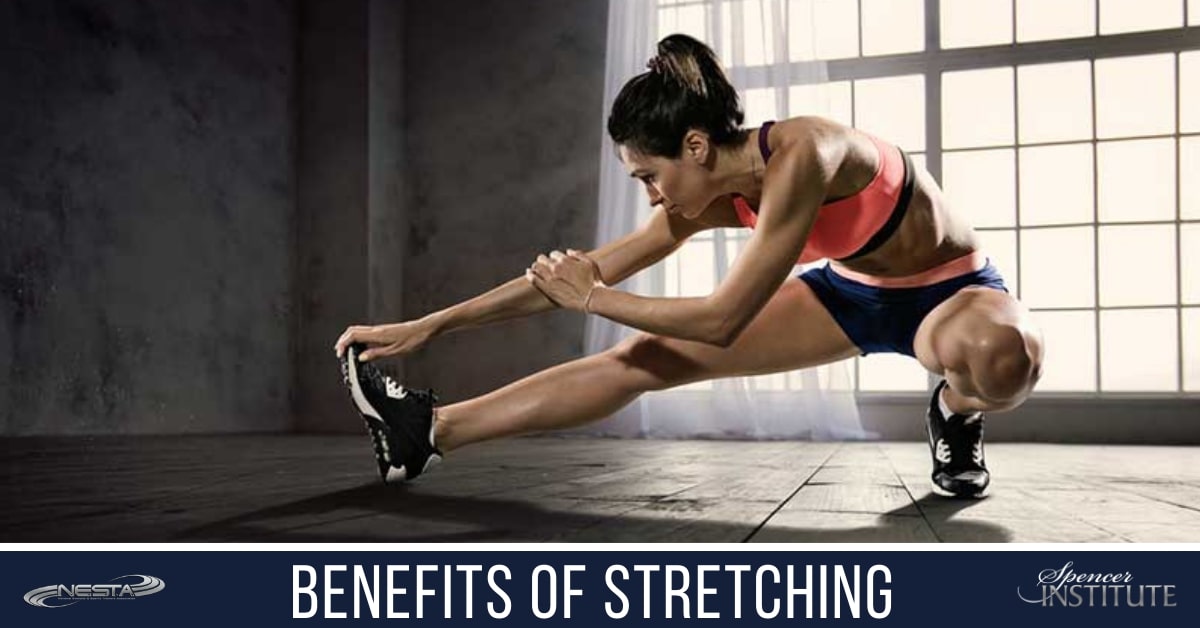What Are The Different Types of Stretching?
The Mechanics of Stretching
Personal trainers know that flexibility is a vital health-related component of fitness closely linked to function and performance that should be integrated into all fitness programs.
In order for the body to move, muscles have to contract to make the movement occur. Contracting muscles are called agonists and would be known as prime movers. When an agonist contracts, shortens and produces movement, a reciprocating lengthening of its antagonist must also occur simultaneously.
As an example, when the bicep muscle is flexed and contracted, its antagonist or opposite muscle, the triceps muscle, must relax and lengthen. In this situation, the bicep would be considered the agonist while the triceps would be the antagonist.
Types of Stretching
Just as there are different types of flexibility, there are also different types of stretching. Stretches are either dynamic (meaning they involve motion) or static (meaning they involve no motion). Dynamic stretches affect dynamic flexibility and static stretches affect static flexibility (and dynamic flexibility to some degree).
Static stretching is a form of stretching that involves moving to a held position, and holding this position for about 15 to 30 seconds, followed by a slow release of the held position. Static stretching is recommended only after resistance training or physical activity.
There are physiological benefits to dynamic stretching prior to physical activity – either resistance training or cardiovascular work and dynamic stretching should be performed by your client before PA. Again, this involves the use of slow, controlled movements to warm up muscles. Be familiar with the various types of stretching available for your client, and the proper time to use each type.
Static Stretching
Static stretching requires a gradual lengthening of the muscle by holding a position at the first point of resistance for 20-30 seconds to allow the GTO to override the muscle spindle and allow the muscle to relax and reach a greater ROM.
Dynamic Stretching
Dynamic stretching involves constant, controlled motion through a full ROM to stimulate blood flow and warm-up the desired muscle group. Don’t over-think the word “dynamic.” Dynamic stretching is just a form of functional stretching that includes movement. Skipping, lunging, high knees and butt kicks are all examples of dynamic stretching.
Ballistic Stretching
Ballistic stretching is a quick, explosive movement that usually involves bobbing, bouncing, and jerking to prepare muscles for an explosive maximal lift or sport-related movement.
PNF
PNF or Proprioceptive Neuromuscular Facilitation involves the use of a partner- assisted stretch involving both passive and active muscle actions. PNF utilizes the principles of autogenic and reciprocal inhibition by contracting the agonist against a partner while the antagonist relaxes, allowing the antagonist to reach a new ROM.
For example, in a lying hamstring stretch, the partner would be used as a wall (not applying force) while the person being stretched contracts their hamstrings against the partner for 6-10 seconds to enable the muscle to relax (autogenic inhibition) then gains an increased ROM by contracting the quadricep to raise the leg higher as the hamstrings relax (reciprocal inhibition). This should only be performed by experienced and trained fitness professionals.
SMFR
Self-myofascial release or SMFR utilizes the principle of autogenic inhibition as the muscle contracts due to the pressure from a Styrofoam roller (active release due to external pressure on a muscle or connective tissue). The individual maintains their position until the GTO overrides the muscle spindle and continues rolling along the length (perpendicular to the roller) of the muscle in the same fashion.
Benefits of Stretching
Stretching is an extremely important practice to add to your daily routine to be on your way to better health. Even if you are not planning on exercising vigorously, it is still important to stretch in order to receive multiple benefits for your body and your mind.
- Decreases muscle stiffness and increases range of motion.
- May reduce your risk of injury.
- Helps relieve post-exercise aches and pains.
- Improves posture.
- It helps reduce or manage stress.
- Reduces muscular tension and enhances muscular relaxation.
- Improves mechanical efficiency and overall functional performance and movements.
- Prepares the body for the stress of exercise.
- Promotes circulation.
- Decreases the risk of low-back pain.
Your Coaching Career
Check out what it takes to start a career in personal fitness training. NESTA is your most affordable and fastest way to become a highly qualified personal trainer.
Becoming a Certified Wellness Coach is the perfect addition for the fitness professional who wants to offer more all-inclusive wellness services to clients. The time is now for you to enjoy this exciting and rewarding career, which offers you personal fulfillment while improving the lives of others.
There is always something exciting about earning a new training or coaching certification and applying that new knowledge of how you train your clients. This also helps you hit the reset button.
NESTA and Spencer Institute coaching programs are open to anyone with a desire to learn and help others. There are no prerequisites.
That’s it for now.
Take action!
PS: Click here to see many helpful business/career resources







